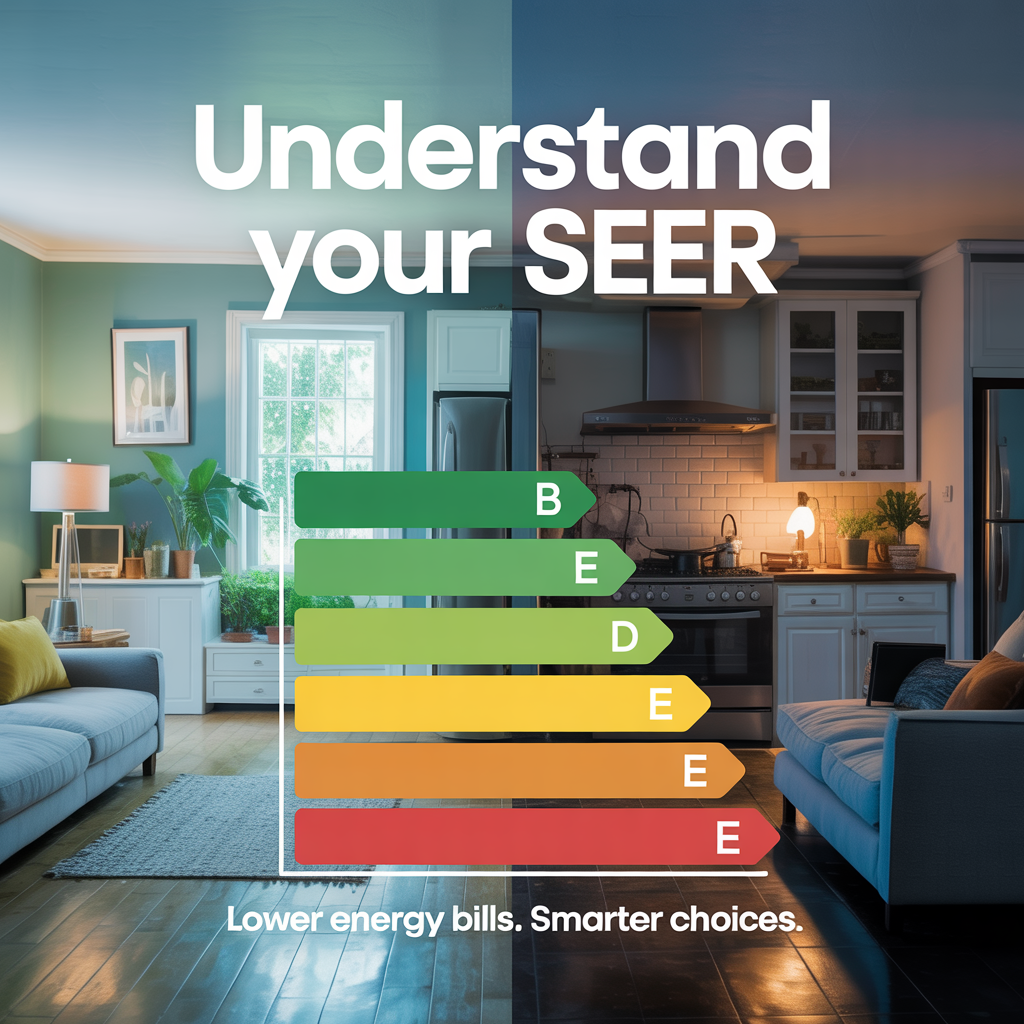
When it comes to keeping your home comfortable, few investments are as impactful as your air conditioning system. But while choosing the right size and type of unit matters, one of the most important factors in long-term savings is the SEER rating. SEER, or Seasonal Energy Efficiency Ratio, determines how effectively an AC system transforms energy into cooling power. For homeowners, understanding SEER ratings isn’t just about technical specifications—it directly influences your monthly bills and your home’s overall energy efficiency.
How SEER Ratings Measure AC Efficiency at Home
The SEER rating is essentially a performance score for your air conditioner. It measures the cooling output of the system over a typical cooling season compared to the amount of energy used. The higher the SEER number, the more efficient the system is at converting energy into cool, comfortable air. Current federal minimum standards in the U.S. usually require modern systems to have a SEER rating of at least 14, but many premium models are available with ratings well into the 20s.
For homeowners, this rating translates into a clear way to evaluate and compare different units. A system with a higher SEER produces the same amount of cooling but uses less electricity, which means you are getting more value from every kilowatt-hour consumed. While the upfront cost of a higher-SEER unit can be greater, the efficiency gains often pay off in the form of steady long-term energy savings, especially in areas with hot or extended summers.
The Link Between SEER and Your Monthly Energy Costs
Where SEER ratings really shine is in their impact on your electric bill. A less efficient system needs more power to deliver cool air, which can cause energy costs to spike during the hottest months of the year. By contrast, a higher-SEER AC runs more smoothly and consumes less energy per unit of cooling. The result is not only a cooler home but also lower recurring monthly expenses, making it easier to manage household energy use.
It’s also worth noting that local climate plays a big role in how much you save. Homes in regions that require frequent cooling will benefit the most from upgrading to a higher-rated system because the differences add up over many hours of operation. At the same time, bonus perks—such as increased home comfort, quieter operation, and often better humidity control—further enhance the value of investing in efficient AC technology.
At the end of the day, SEER ratings aren’t just numbers—they’re a reliable indicator of how much you’ll spend over the lifetime of your cooling system. While the initial purchase of a high-efficiency air conditioner may seem like a big investment, the ongoing savings can be significant. By understanding how SEER works and what it means for your specific home and climate, you can make smarter decisions that balance comfort, sustainability, and cost efficiency. Choosing the right unit today can help control energy costs well into the future. All American HVAC, Inc., 626.736.0962
